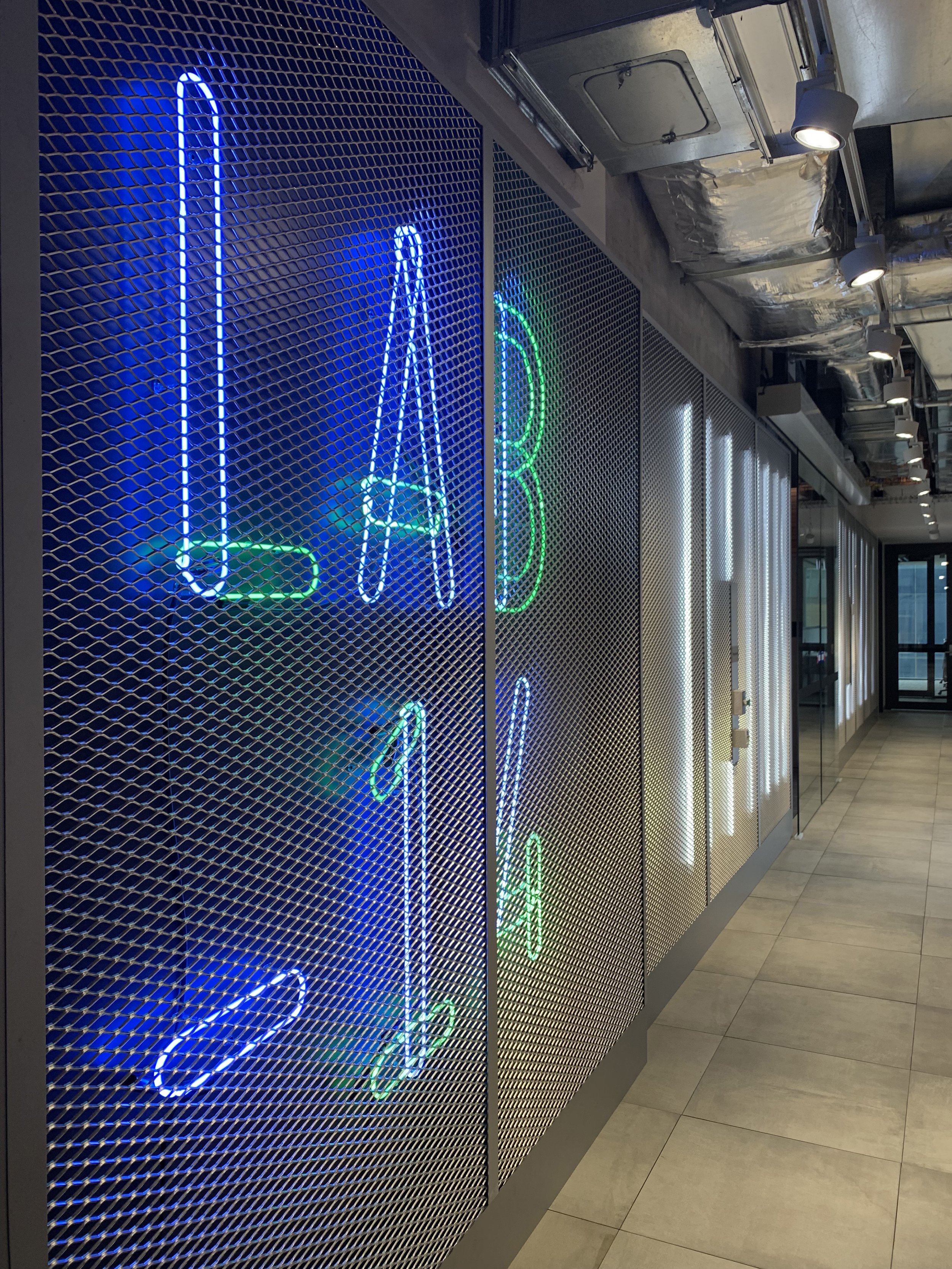PRIORITY AREA
2. Campuses as living laboratories
Aspiration to 2030
The University’s campuses and operations enable real-world opportunities to develop, test and apply sustainability skills and solutions.
Progress against targets
The University has curated living labs covering the priority areas of this Plan.
Professional and academic staff collaborated on sustainability-focused research and teaching and learning that addressed sustainability issues on our campuses
-
Academics have used the SP2030 as a focal point for guiding teaching and learning activities in 2022. Additionally, professional staff delivered guest lectures, were ‘clients’ for assignments, and hosted internships to give students practical experience and insights into how the University responds to sustainability issues. Professional sustainability staff collaborated on at least 14 different subjects in 2022, and supported 13 students from five faculties to intern with Campus Management and work on Sustainability-related projects.
Examples include:
Integration of Environmental Management System into a new graduate coursework subject focused on the international standard for environmental management – ISO 14001
Providing Master of Architecture students with an overview of the University’s sustainable buildings
Sharing insights on coordinating implementation of SP2030 with Management and Breadth students
Offering 13 student internships focused on biodiversity, transport, energy, engagement and asset management.
Five data science students were mentored to create a Power BI dashboard as part of their capstone subjects. The dashboard harvests biodiversity data relevant for our campuses from the Atlas of Living Australia
Master of Environment students suggested initiatives to help us reduce our scope 3 greenhouse gas emissions, based on information and insights shared about University buildings and operations
A student project monitored the health of the Dookie Campus bushland reserve, using the University as a ‘client’
Insights on how the University interacts with water cycles were shared with Master of Engineering students.
-
Our campuses and operations present opportunities for researchers to collaborate with professional staff and explore real-world sustainability challenges. In 2022:
Selected staff completed a survey by Dr. Mehrdokht Pournader and her collaborators on whether procurement managers become ‘morally disengaged’ from acts of modern slavery happening in their extended supply chain
Planning continued for development of the new Fishermans Bend campus to feature several living labs, with progress made in the areas of energy, water and construction technology
Staff and students from the Sustainable and Healthy Enviroinments Lab installed sensors and undertook post-occupancy surveys in Faculty of Engineering and Information Technology spaces in Melbourne Connect
Selected staff were interviewed by PhD candidate Stella Peng, who is researching how IT can enable sustainable innovations.
Staff and students from the SHE Lab installed sensors and undertook post-occupancy surveys in Faculty of Engineering and Information Technology spaces in Melbourne Connect (see Impact Snapshots)
What are living laboratories?
In the University of Melbourne context, living laboratories are teaching and research initiatives that leverage the environments of our campuses and precincts, both physical and virtual, as sites that enable sustainability research and applied learning in real-world settings by staff, students and partners. Potential sites include campus landscapes, buildings and infrastructure, data, systems and processes.




